Heat imaging cameras
Whoever has renovated a building will know them - thermal imaging cameras. They record the thermographic structures of the surroundings and provide an overview of cold and warm spots in the environment under consideration. But thermal imaging cameras are not only useful for the building trade. For hunters, they are a helpful tool to keep an eye out for animals. Especially at dusk or at night, it can otherwise be difficult to spot game. Again, thermal imaging cameras produce thermographs, which is why they are also known as thermographic cameras. To provide hunters with the simplest and most functional way to use thermal imaging cameras when stalking, the Austrian manufacturer KAHLES has the HELIA series thermal imaging devices in its range. They offer the ultimate combination of high-quality workmanship and intuitive handling for the best possible results.
How a thermal imaging camera works
As with infrared cameras, thermal imaging cameras measure temperature wirelessly. They record images like commercially available cameras, but only with the correct contours of the objects depicted, not with the original colouring. The different temperatures can be represented in different ways. With the help of a thermographic system, the variances can be depicted, for example, from a blue-purple tone for cold to red colours for heat. But other colour schemes, such as black and white gradients, are also possible. This representation is made possible by the sensor for infrared radiation built into thermal imaging cameras, which makes it possible to convert the thermal radiation of objects and living beings into an image.
Thermal imaging cameras work even in complete darkness because they do not need light to function. They make do with pure infrared radiation as the source of information to produce an image. However, infrared radiation is invisible to humans. The greater the temperature differences of the area under observation, the better the thermographic technique of a thermal imaging camera will work.
Technical hurdles of thermal imaging cameras
A major technical hurdle in the use of thermal imaging cameras is the ambient air. This also emits radiation that is detected by the camera. Solar radiation can also have a strong impact on the camera's imaging. This is not too crucial a factor when viewing over close distances. However, the longer the viewing distance, the more attention needs to be paid to good conditions. Thus, different thermal imaging cameras have different distances for which they are suitable.
When viewing over longer distances, however, even more precise processing of the thermal imaging camera is generally necessary, which is why devices that are suitable for these distances are also significantly more expensive.
In terms of resolution, thermal imaging cameras perform significantly worse than conventional cameras, the maximum of common devices is 384x288 pixels.
Applications of thermal imaging cameras
In addition to the use of thermal imaging cameras for the construction industry, there are also numerous other possible applications for the measuring devices. Thermal imaging cameras were originally created as a device for military reconnaissance and are still used as such, for example on drones. Automobile manufacturers also use thermal imaging in high-end models to offer a kind of night vision function and thus increase safety and driving comfort.
When used on drones as well as in cars, greyscale imaging is much more popular than the colour gradation from blue to red. This is mainly used in the construction industry, mainly to detect cold bridges in connection with energy renovation. In this way, energy losses can be detected and avoided. Thermal imaging cameras are also used by the fire brigade to localise sources of fire. The traditional use of thermal imaging cameras to make living creatures visible even in complete darkness makes them so interesting for hunting.
Thermal imaging cameras in hunting
Thermal imaging cameras can be used for hunting both by day and by night. Their unique selling point is the aforementioned use, even in complete darkness. They are also available both as attachments and as hand-held devices. For hunting, the devices also offer the possibility of adjusting the colour scheme as desired. Thermal imaging cameras are particularly suitable for hunting when approaching game, as well as when searching for game, for example fawns, in meadows and fields, in order to anticipate a death caused by combine harvesters or other agricultural machinery.
KAHLES - Optimum quality and operation as a claim
The thermal imaging cameras of the Austrian company KAHLES set their own standard in terms of quality and user experience. In 1898, Karl Robert Kahles founded the KAHLES company, which has since become part of the SWAROVSKI Group, through the merger of two companies. Since the company's foundation, Kahles' claim has remained to produce the highest quality instruments for hunters, sport shooters and nature lovers and to support them in their daily work with their innovative and ideally matched products. In the meantime, the product catalogue of the KAHLES company offers rangefinders and binoculars in addition to thermal imaging cameras and target optics.
KAHLES Helia Thermal Imager TI 25
With the Helia TI 25 thermal imager, KAHLES offers its customers an instrument radically tuned to hunting, which is ready to hand and ready to use in seconds at any time. With a design uncompromisingly tuned to functionality and handling and a high-quality finish, including drop resistance, water resistance and extreme temperature tolerance, it is the perfect and long-lasting companion on extended hunting tours. It has a digital zoom that can be adjusted between 1x, 2x and 4x and also has three modes for colour selection (White Hot, Black Hot, Red only). The lush features are complemented by an easy-to-read and energy-saving OLED display and an automatic on/off function with tilt and motion sensor, which ensure an optimal battery life of up to 8 hours. The field of view of 26m/100m enables a quick overview and speedy location of animals or other heat sources while hunting.
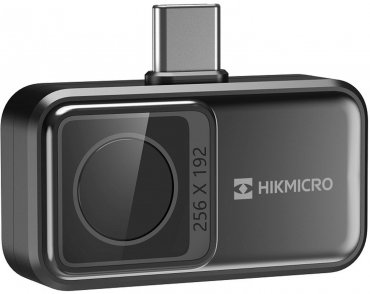
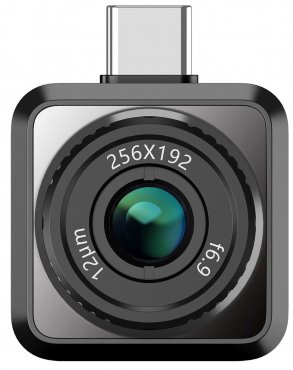
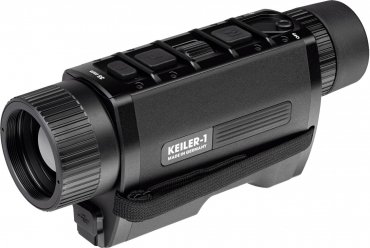
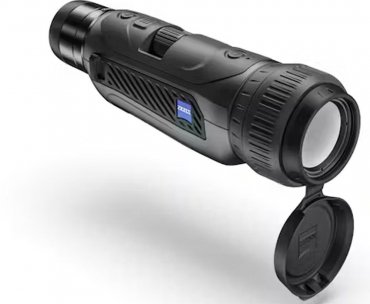
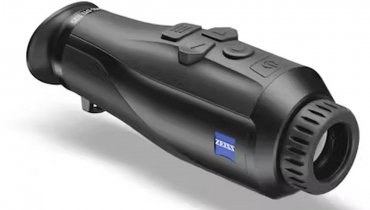

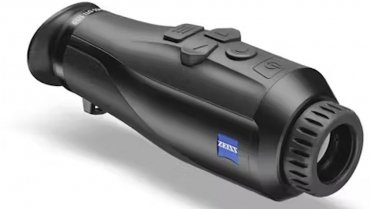
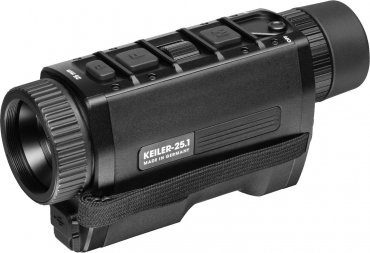
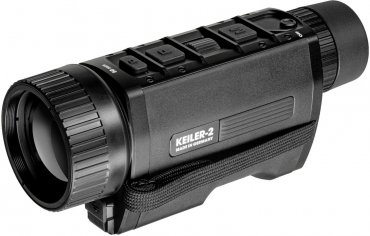
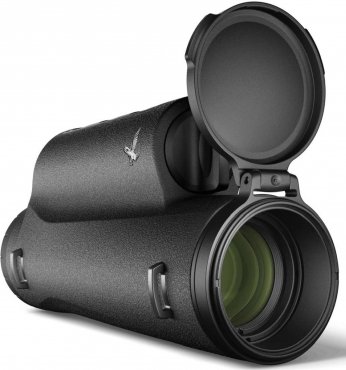

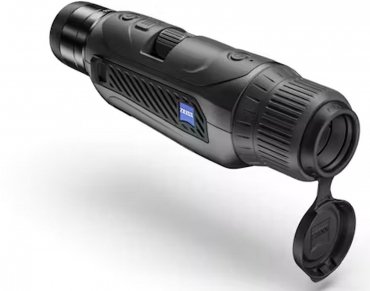
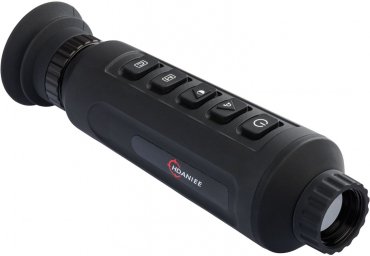
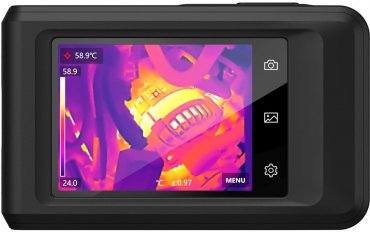
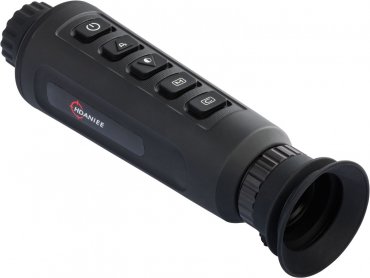
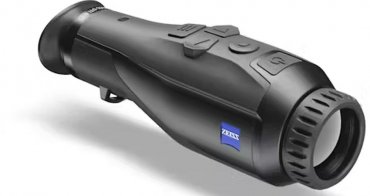
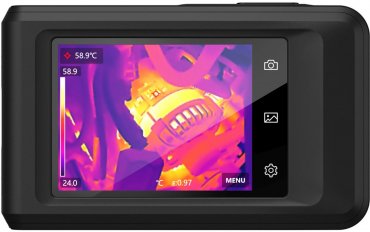
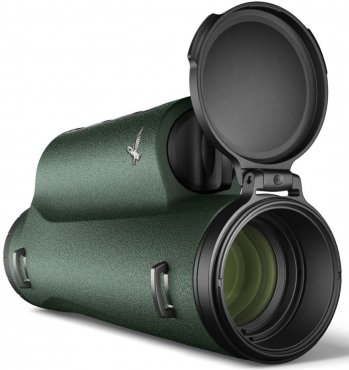

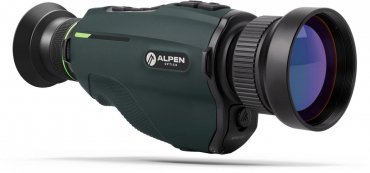
Simply subscribe and benefit as a newsletter recipient every week: